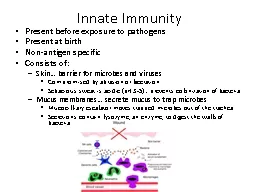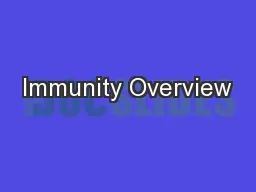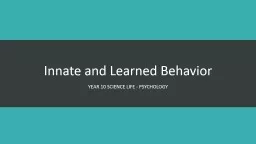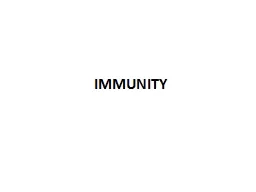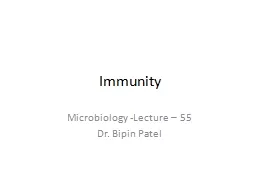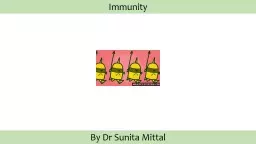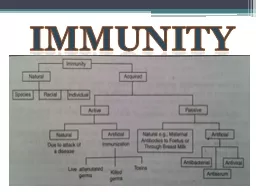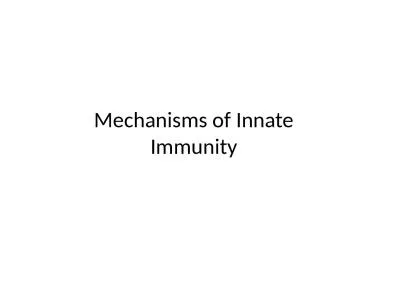PPT-Innate Immunity
Author : tawny-fly | Published Date : 2016-11-06
Present before exposure to pathogens Present at birth Nonantigen specific Consists of Skin barrier for microbes and viruses Compromised by abrasion or laceration
Presentation Embed Code
Download Presentation
Download Presentation The PPT/PDF document "Innate Immunity" is the property of its rightful owner. Permission is granted to download and print the materials on this website for personal, non-commercial use only, and to display it on your personal computer provided you do not modify the materials and that you retain all copyright notices contained in the materials. By downloading content from our website, you accept the terms of this agreement.
Innate Immunity: Transcript
Download Rules Of Document
"Innate Immunity"The content belongs to its owner. You may download and print it for personal use, without modification, and keep all copyright notices. By downloading, you agree to these terms.
Related Documents

